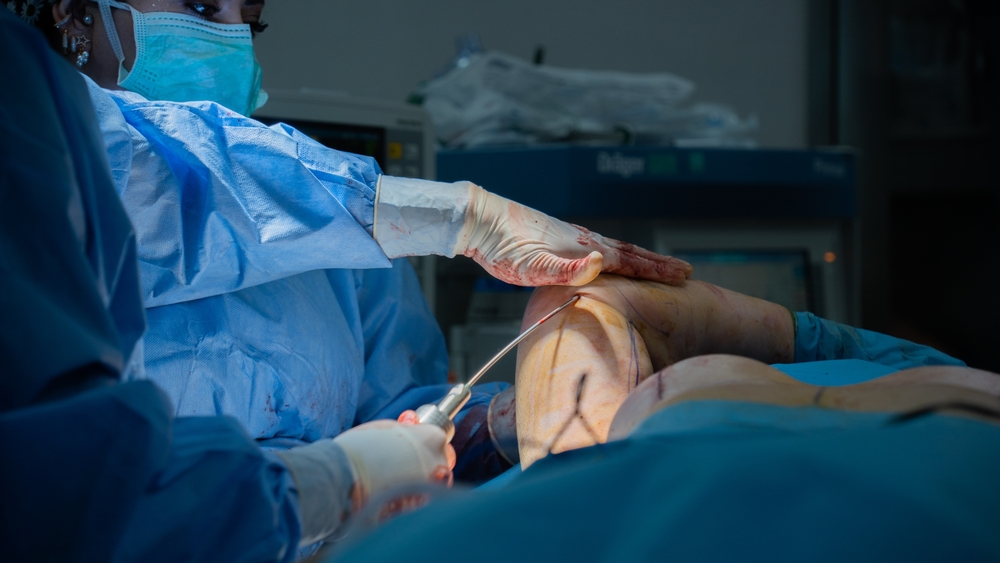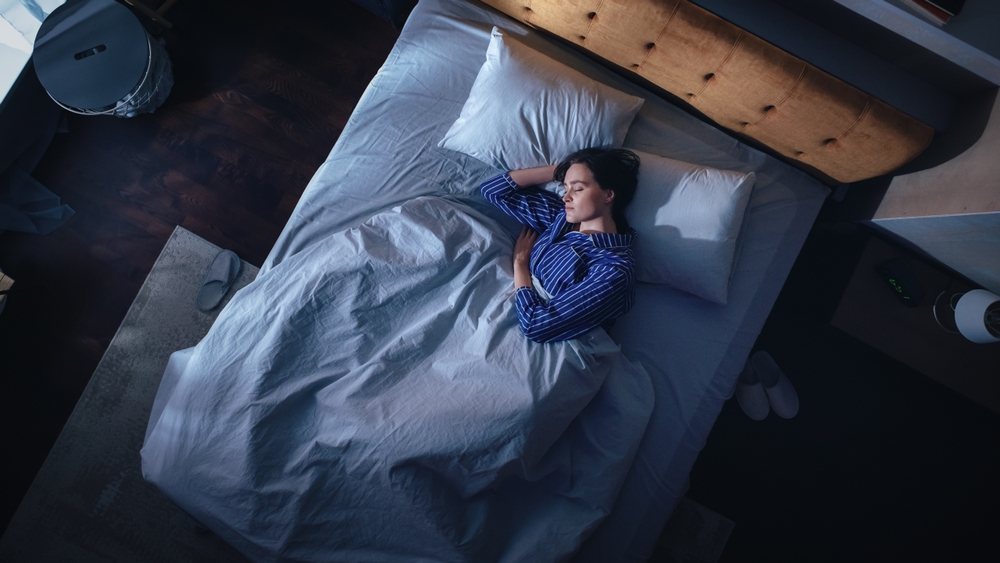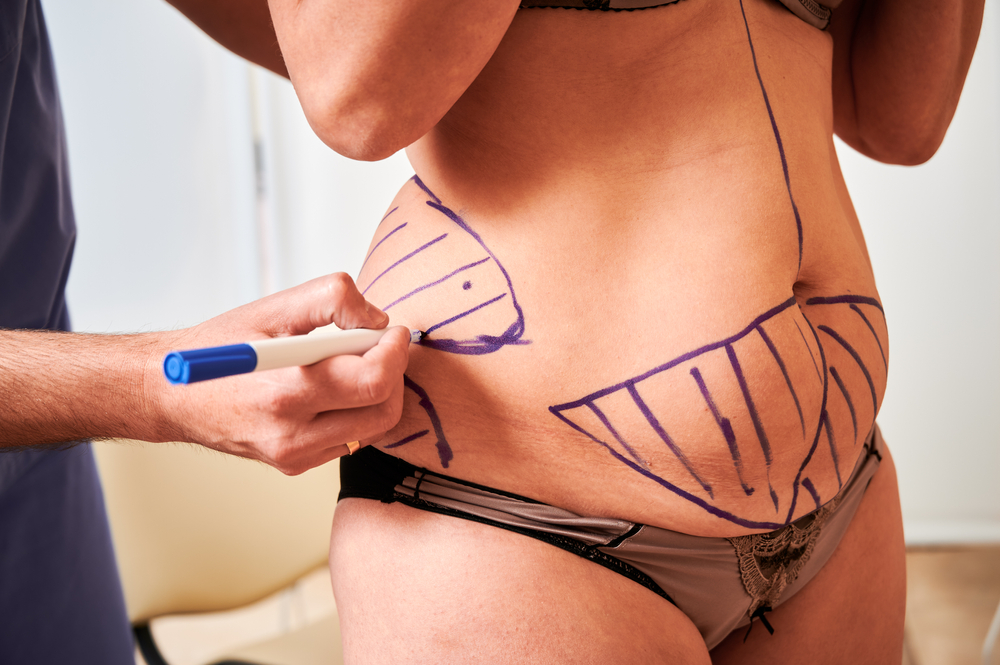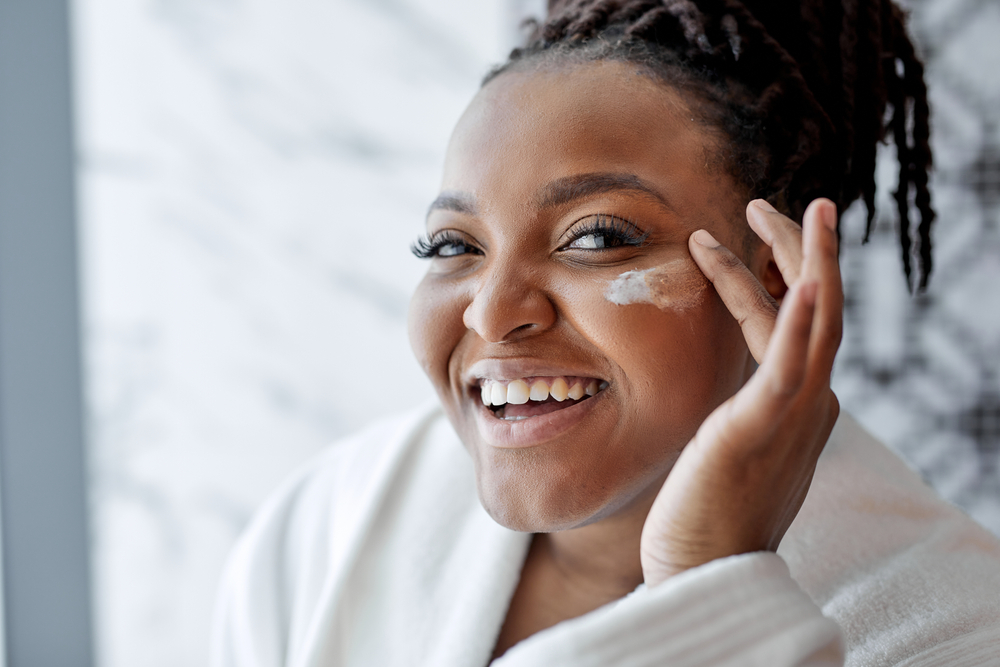Awake liposuction is a new buzzword floating around the interweb. Why, oh why, is that you ask? Is it because it is state-of-the-art liposuction? Is it safer? Does it lead to better results? Is it part of current plastic surgery training? Is it recommended by board-certified plastic surgeons and the American Society of Plastic Surgery as cutting-edge?
These are all fair questions to ask yourself. Google “awake liposuction,” “tumescent,” or “local” liposuction, and some interesting patterns emerge.
First, awake liposuction is a term pimped out by many corporate entities such as Sono Bella and Airsculpt. Awake liposuction and awake procedures are the focal points of their business models. There is nothing intrinsically wrong with this fact.
Business is business. However, awake procedures are far more profitable than those performed under general anesthesia. The costs incurred are far less. There are no anesthesia machines, drugs, or anesthesia providers to pay for. There are no regulatory boards that you must deal with, such as AAAASF or AAAHC. I find the awake liposuction corporate outfits charge similar prices to what many board-certified plastic surgeons charge for the same procedures under general anesthesia, which is shocking. How is this possible, and why are patients falling into this trap?
Part of the answer is aggressive marketing. The marketing budgets and internet presence of these corporate monoliths dwarf most plastic surgery practices, and thus, sometimes, this is all patients see when they Google awake liposuction. In addition, many patients whose BMIs are too high for general anesthesia go the awake route to bypass that. That is bad medicine, in my opinion.
Finally, there is an irrational fear many have of general anesthesia. The counterpoint I present to people is that it is far more dangerous to drive your car around. With modern anesthesia techniques, including TIVA or IV-based, non-gas anesthetics, and 21st-century monitoring such as BIS or brain wave monitoring, the wake-ups are fast with minimal drug use and complications such as nausea and vomiting.
Finally, the probability of a bad or substandard result under local is far higher for reasons I will describe below.
Is there any bona fide clinical logic behind awake liposuction? Not much, IMO. In my opinion, it limits how aggressive you can be in actual sculpting and high-definition liposuction, which is more modern and more SOTA. It disrupts the flow of the procedure by having to stop and start when a patient has a lower pain tolerance or high anxiety levels, thus lessening precision. For revision cases, which I do a lot of, the scar tissue present typically precludes the use of local liposuction due to increased pain. It can be challenging even under a general anesthetic. Ironically, most of my revision body contouring cases come from awake liposuction outfits or bargain-basement medical tourism mills in Florida or Latin America.
Beyond corporate hustlers, who else markets awake or local liposuction? Non-plastic surgeons. Plastic surgeon’s training is lengthy, and for good reason. It is highly complex and highly risky. It is not something you learn in a hotel over the weekend. It is not even something you can learn in a yearlong “cosmetic fellowship” after having done preliminary training in specialties such as Family Practice, Emergency Medicine, Obstetrics, or even Dermatology.
In Plastic Surgery training, we learn to fix damaged anatomy caused by burns, trauma, cancer, or congenital deformities. THIS part of our training bleeds into aesthetic or cosmetic procedures, particularly when things go wrong. That is the key distinction. Plastic surgeons know how to safely navigate the risks of an aesthetic procedure such as liposuction and how to address complications. I have known many “cosmetic surgeons” or non-core physicians who gain confidence doing liposuction or breast augmentation and become cocky and cavalier, only to screw things up and not be able to fix it. Another central issue is that hospitals WILL NOT provide privileges to surgeons who have not mastered their craft during formal residency training. If there is an emergency, the cosmetic or non-core MD cannot admit their patients to the hospital for corrective or emergency surgery. That’s a huge deal that is glossed over by these practitioners.
So, when you are beginning your search into the world of liposuction, please do your complete due diligence.
Realize that when you type in the term “liposuction,” do not fall into the web of what pops up first. Dig deeper. Go to page 2, 3 and beyond. Read patient reviews (that sound real and are not 1–2-line AI fakes). Find Facebook forums and other online forums where actual patients discuss their experiences in an unvarnished way.
Look carefully at liposuction before and after pictures. Like any artist, a body of work or portfolio should be available. Many corporate liposuction entities and, honestly, many larger plastic surgery practices will not have much of a gallery or a gallery linked to individual surgeons. They often recycle images from other surgeons within their corporation as if that is a standard result when it may represent the work of one or two surgeons only. Cosmetic medicine is fraught with deception and peril, so do your homework.










